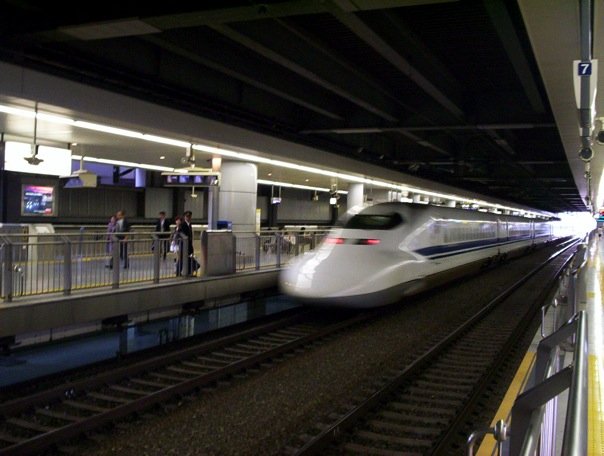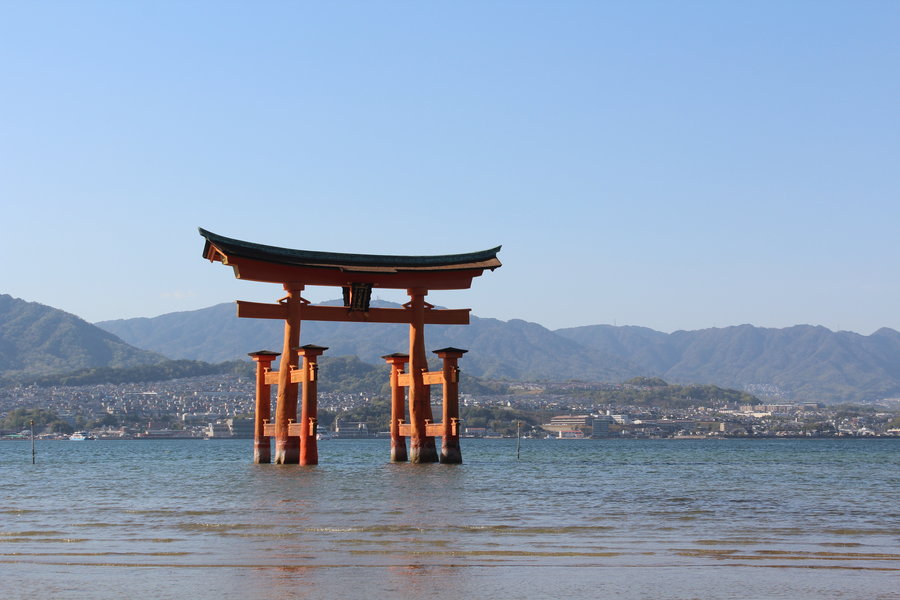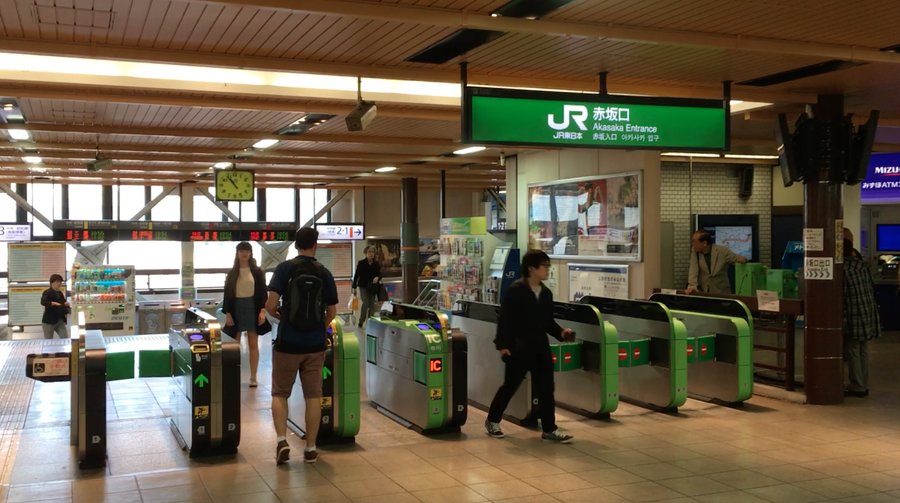Is a JR Pass worth the money?

Japan Railways (JR) operates an extensive network of lines across the country, linking small towns and giant megalopolises alike. Trains are the most efficient way of covering many distances, especially for many Shinkansen (bullet train services).
Japan Railways offers a rail pass to foreigners known as a JR Pass. Similar in concept to the Eurail Pass in Europe, a JR Pass allows you to travel on train services across the country with ease. However like with the Eurail Pass, the question exists over whether it represents true value for money.
What’s included

Miyajima Island, near Hiroshima
The JR Pass is offered for 7, 14 and 21 day periods. They currently cost US$272, US$434 and US$556 respectively. Unlike certain Eurail Passes, the JR Pass allows unlimited travel on trains in Japan during the validity period – there are no designated “travel dates”. Additionally, there is no additional cost for reserving a seat on a train – this is all included in the cost of the pass.
A JR Pass also allows access to JR operated metro lines (such as the JR Line on the Tokyo Metro), some JR-operated coach services, and the JR Miyajima Ferry from near Hiroshima to Miyajima Island.
There are also some very cheap ‘regional’ passes available if you are interested in exploring just one or two regions of Japan.
What’s not included

Nozomi shinkansen, not included in the ‘ordinary’ JR Pass, are clearly indicated at railway stations.
Basic or “Ordinary” JR Passes do not include Nozomi or Mizuho Shinkansen services, but other shinkansen services are included – to board them you would need a ‘Green JR Pass’ (first class). Nozomi and Mizuho are express shinkansen services, and are clearly marked at railway stations; other shinkansen services make more stops, but are equally speedy between stations.
No JR Passes cover privately operated train services. Large cities like Tokyo and Osaka also have a host of privately operated local metro lines – these are rarely included, although there are some exceptions.
Is it worth it?

JR Line in the Tokyo Metro
When I visited Japan recently I took four shinkansen services; Tokyo – Osaka, Osaka – Hiroshima, Hiroshima – Kyoto and Kyoto – Tokyo across ten days. On each trip I bought my ticket at the station just minutes before boarding, and I used the Nozomi shinkansen service. I calculated that the four tickets were approximately the same price as a 14 day JR Pass.
In addition to the shinkansen services, I took the JR Line in Tokyo several times, meaning that I probably paid over the odds. On the other hand I had access to the Nozomi train services, which bought me some (but not a lot of) extra time in each city.
While I don’t regret not buying the JR Pass, I do think that I was testing the limits of its value – had I stayed just one extra day, or had I wanted to visit just one more city, it would have worked out cheaper than buying individual tickets.
In short: for flitting between the major cities of Japan on a short trip around the country, a JR Pass isn’t really justified. However for a more in-depth exploration of the country, or to spend longer than ten days travelling frequently, it seems to represent great value.




I think they are well worthwhile. You just need to plan around it. For example a 7 day pass can do you if you plan around it. Because you dont need it to last the whole time you’re in Japan. arrive, spend a few days in one place, then start your pass for example. but I’m blathering. Nice work!
Yes – totally agree – it’s important to crunch the numbers and think about whether it will actually save you money. Thanks for reading, Andy 🙂